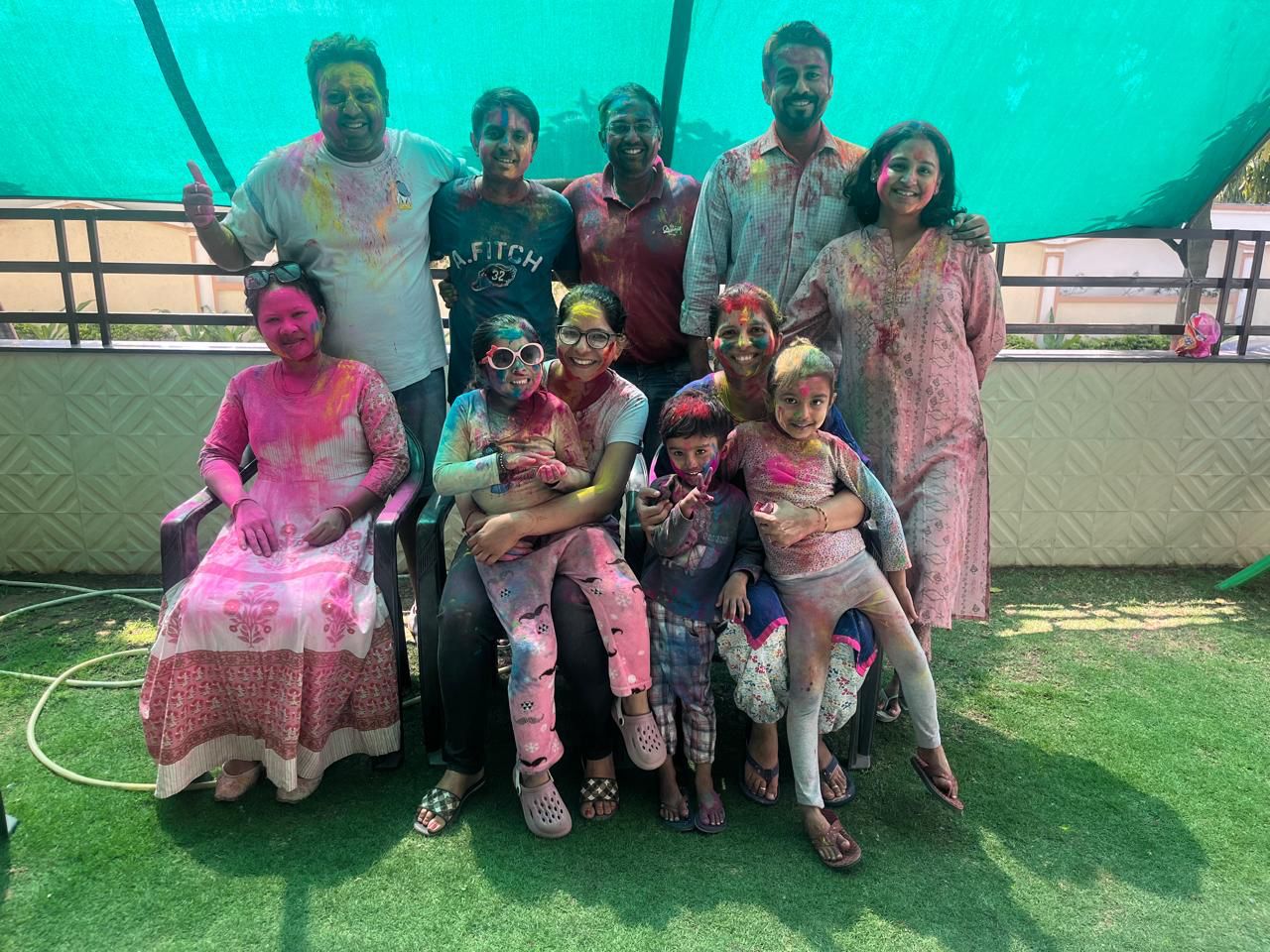This Diwali felt quieter in thought but fuller in experience. I spent it in Jaipur with family, surrounded by familiar rituals that are special. The city itself transforms during this time, with every shop, lane, and rooftop outlined in strings of light. Even after all these years, the sight still feels deliberate, like the city reminding itself to glow no matter what else happens. Being home during Diwali brings a certain comfort that no other festival manages to replicate. The evenings were filled with conversation, sweets, and the faint smell of incense that lingers long after the diyas burn out. It’s a period that forces a slower rhythm, when the usual urgency of life is replaced by the simplicity of shared moments. The festival of light feels less symbolic and more tangible when spent with family in the warmth of a familiar home.
Jaipur during Diwali carries a distinct charm that goes beyond decoration. The pink city glows under layers of light, from the arches of old markets to the windows of modern homes. Walking through Johari Bazaar and Bapu Bazaar before Diwali was a study in human energy—crowds moving in different directions yet all drawn by the same anticipation. Every year, I tell myself I’ll avoid the rush, but it’s impossible not to get pulled into it. The lights hanging over the old facades make the city look like a different place altogether, less a tourist attraction and more like a living festival. What stands out most is the balance between noise and calm. Inside the house, the lamps flicker quietly, but outside, the air is filled with music, laughter, and the occasional burst of fireworks echoing across rooftops. It’s chaotic but beautiful in its own way.
The highlight this year was watching the fireworks from the roof. As soon as dinner was over, we carried a few chairs upstairs and sat under the open sky. From there, the city stretched endlessly, each neighborhood bursting into light at different moments. Fireworks cracked and shimmered at a distance, painting the skyline with temporary stars. For a few hours, the noise faded into the background, and all that remained was the view—a reminder that celebration can be both collective and deeply personal. The younger ones shouted every time a new pattern appeared in the sky, while the older ones stayed quiet, just observing. There’s something grounding about that perspective, being above it all yet fully part of it. The roof becomes a kind of observation point, where noise turns into rhythm and the city feels united by light.
Family gatherings during Diwali carry a certain predictability that I’ve come to appreciate more with age. The same jokes resurface, the same dishes are served, and the same memories are repeated until they become part of the celebration itself. It’s less about novelty and more about the continuity of affection. I noticed that everyone, in their own way, contributed to keeping the tradition alive - whether through arranging diyas, preparing food, or simply being present. There’s comfort in these repetitions. They offer a sense of stability, a reminder that time can pass yet still allow for sameness. Jaipur amplifies this feeling. The city’s older homes, with their courtyards and terraces, seem built for festivals like this, where light fills every open space.
After the fireworks faded and the diyas were extinguished, the night returned to stillness. The streets outside were quieter, and the faint smell of gunpowder lingered in the air. I stood by the window for a while, looking at the last few lamps burning low. It’s in these small, quiet moments after the noise that Diwali feels most meaningful. The festival is often described as a celebration of light over darkness, but it’s also about finding that light within the ordinary—between people, within homes, and across the fading sounds of celebration. Spending it in Jaipur this year made that meaning clearer. There’s something about seeing your own city illuminated from the rooftop that makes the idea of renewal less abstract. The lights fade, the noise ends, but the memory of that shared brightness lingers far longer.

